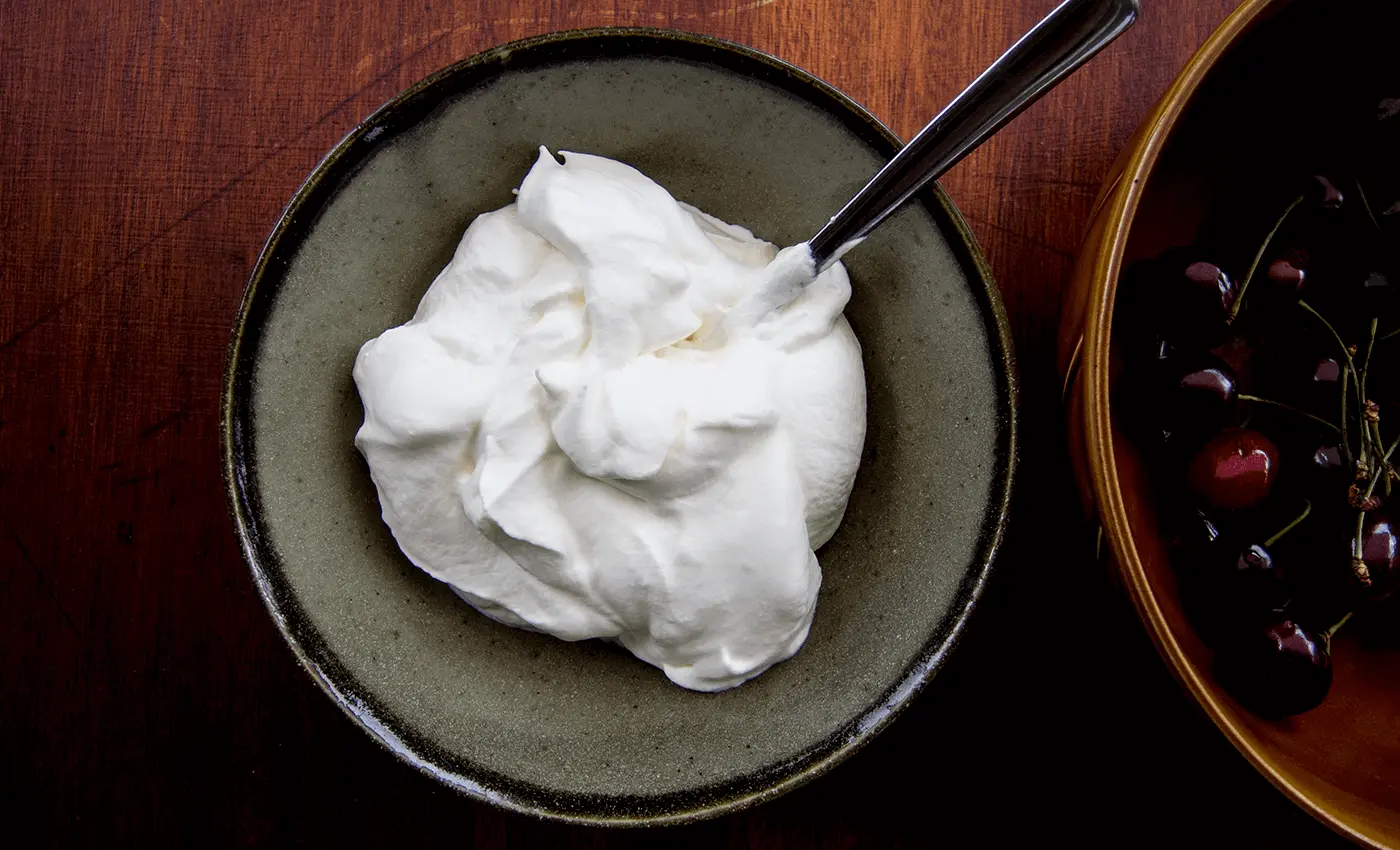Cream Nutrition Facts
Whether you add it to your morning pick-me-up or serve it on Taco Tuesday, chances are there’s more than one type of cream for your tastes.
Stir it into your coffee or use it as a taco topper, cream in all its varieties is a fan favorite to add flavor to meals, desserts and beverages. With all the different types of cream, what exactly is it?
Cream is the high-fat milk product separated from milk, and it must contain at least 18% milk fat. Just as milk has different fat percentages, so does cream, hence the variety.
Both the amount of fat in cream and its temperature influence how well cream whips. Heavy whipping cream increases in volume compared to light whipping cream. And light whipping cream whips to a greater volume than light cream. For best whipping results, choose a cream with a high fat content.
Cream Nutrition Content
Here’s a look at how different cream products compare in terms of milk fat and other nutritional details:
Heavy cream and light whipping cream are options higher in milkfat. Heavy cream contains at least 36% milkfat with about 50 calories and 5.4 grams of total fat per tablespoon.
Light whipping cream has between 30-36% milkfat with about 44 calories and 4.6 grams of total fat per tablespoon.
Light cream has a lower milk fat content (18-30%) and fewer calories (about 30 per tablespoon), along with 2.9 grams of total fat. Sour cream, which results from adding lactic acid bacteria to pasteurized cream, has at least 18% milkfat with about 24 calories and 2.3 grams of total fat.
Half-and-half is even lighter, with a milk fat percentage of 10.5-18%, 20 calories per tablespoon, and 17 grams of total fat.
Types of Cream | Milk fat % | Calories | Total Fat | Saturated Fat | Carbohydrates | Protein |
Heavy Cream | >36 | 51 | 5.4 g | 3.4 g | 0.4 g | 0.4 g |
Light Cream | 18-30% | 29 | 2.9 g | 1.5 g | 0.5 g | 0.4 g |
Half-and-half | 10.5-18% | 20 | 1.7 g | 1.1 g | 0.6 g | 0.5 g |
Light Whipping Cream | 30-36% | 43 | 4.6g | 2.9g | 0.4 g | 0.3 g |
Sour Cream | >18% | 24 | 2.3 g | 1.2 g | 0.6 g | 0.3 g |
How is Cream Made?
Cream is made by skimming the high-fat layer from the top of milk. Traditionally, this process was done manually, allowing the milk to sit and separate. Modern production uses centrifuges to separate the cream from the milk quickly and efficiently. The cream is then pasteurized to kill harmful bacteria, and it may be further processed into different varieties, depending on its fat content.
Is Cream Nutritious?
Because cream is separated from milk, it mostly consists of fat, which is an important macronutrient for energy and is higher in calories. While cream does contain some micronutrients from the milk, the serving size is too small for these nutrients to have a meaningful impact and would be negated by the high calories of larger portion sizes.
What is the Main Ingredient in Cream?
Cream is dairy, and the main ingredient in cream is milk. The fat content in cream can vary, with options ranging from light cream to heavy cream, but all types of cream are essentially made from milk.
Using Cream vs Milk in Coffee
Choosing between cream and milk for your coffee ultimately depends on your taste preference and dietary needs. Whether you prefer the rich texture of cream or the lighter, frothier quality of milk, both can elevate your coffee experience in different ways.
When it comes to enhancing your coffee, the choice between cream and milk can significantly affect both flavor and texture. Here's a breakdown of the key differences:
Flavor Profile
Cream imparts a more buttery flavor to coffee, which can enhance its overall taste and create a more decadent experience. Milk, on the other hand, adds a lighter, slightly sweet flavor without overpowering the coffee. The choice depends on whether you prefer a richer, creamier taste or a subtler, milkier flavor.
Texture and Foam
Cream contributes to a thicker, silkier texture in coffee, and its higher fat content can help create a smooth, luxurious feel. Milk can also create a creamy texture, especially when steamed, but it generally produces a lighter, more frothy consistency. For those who enjoy a cappuccino or latte, milk is it.
Nutritional Differences
Cream is higher in calories and fat, and milk provides a lower-calorie option with less fat but still offers some creaminess and nutritional benefits, including calcium and protein.
Recipes with Cream
Whether you're using rich, heavy cream or lighter options like half-and-half, each type of cream brings its own benefits to recipes. Explore these ideas to see how different creams can enhance both sweet and savory dishes:
